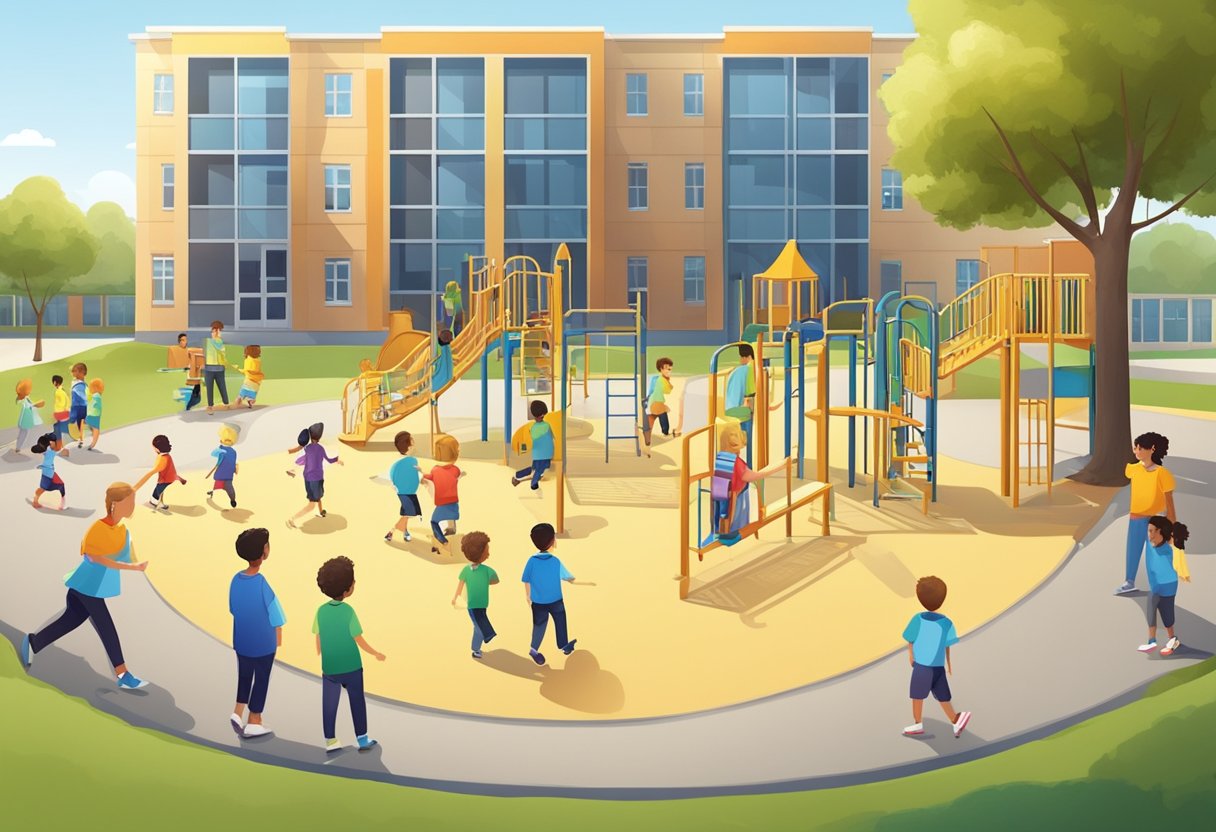
Children spend a significant portion of their lives in schools. These institutions are more than just places for academic learning; they play a critical role in shaping children’s emotional well-being and sense of safety. A safe and supportive school environment lays the foundation for students to thrive both academically and personally. This article explores the key strategies schools can adopt to foster safe spaces for children.
The Importance of Safe Spaces in Schools
A safe space in a school context goes beyond physical safety. It includes emotional security, an inclusive culture, and a supportive environment where every child feels valued. When children feel safe, they are more likely to engage in their studies, express themselves freely, and build positive relationships.
On the other hand, unsafe environments—whether due to bullying, discrimination, or neglect—can lead to issues like anxiety, low self-esteem, or academic decline. A school that prioritizes safety creates a foundation for students’ success, empowering them to reach their potential.
Promoting Mental Health Support in Schools
One of the fundamental pillars of creating safe spaces is addressing mental health needs. Schools should recognize the importance of mental health and proactively establish resources to support students.
Professional counseling services within schools can provide children with a confidential space to talk about their challenges. Teachers and staff should also be trained to identify signs of mental distress and guide students to appropriate resources. Additionally, normalizing conversations about mental health through classroom discussions can reduce stigma, encouraging students to seek help when needed.
For example, integrating mindfulness practices as part of the school day can help students manage stress and stay focused. Peer support groups can also be effective in creating a community of mutual understanding and empathy among students.
Addressing Bullying Through Proactive Measures
Bullying remains one of the most significant threats to a child’s sense of safety in school. While schools often have anti-bullying policies, it is critical to ensure that these measures are not merely reactive but proactive.
Educating students about kindness, respect, and the long-term impact of bullying should be a priority. Initiatives like anonymous reporting systems and student-led anti-bullying campaigns can encourage a culture of accountability. Schools should also include bystander intervention training, empowering children to take a stand when they witness bullying.
Clear consequences for perpetrators, coupled with restorative practices, ensure that discipline is fair but effective. Restorative practices allow students to understand the impact of their actions and work toward resolution, further strengthening the learning environment.
Fostering Inclusivity Through Policies and Practices
Every child deserves to feel seen, respected, and included. Schools must actively promote inclusivity to ensure that no child feels left out due to their background, abilities, or identity. Inclusive policies are vital for creating a culture of acceptance and understanding.
This includes celebrating diversity in schools through various events and curricula that highlight different cultures, traditions, and perspectives. Ensuring representation in teaching materials also communicates that differences are valued and respected. Students with disabilities should be given equal opportunities, with the necessary accommodations to ensure participation in all school activities.
Teachers play a pivotal role in modeling inclusivity by using inclusive language, adjusting teaching strategies to cater to diverse learning needs, and intervening immediately when they spot discriminatory behavior. These inclusive practices make children feel that schools are places where they truly belong.
Encouraging Community Engagement
Schools do not exist in isolation; they are part of larger communities. Engaging parents, families, and the broader community in creating safe spaces can make initiatives more effective and sustainable.
Workshops, seminars, and open-door policies that involve families in conversations about student safety and well-being can build trust and alignment between schools and parents. Community partnerships, such as collaborating with local organizations, can provide additional support in areas such as mental health resources or extracurricular programs.
One example is how a charter school in Firestone CO collaborates with local stakeholders to enrich the learning experience while ensuring student safety. When schools take the lead in engaging their communities, they deepen the web of support surrounding each child.
The Role of Policy and Leadership
Creating safe spaces starts from the top. School leaders must prioritize safety and inclusivity in their vision and policy-making. Dedicated resources, regular training for staff, and consistent assessments of school climates are essential for maintaining a safe environment.
Furthermore, policies should be transparent and regularly communicated to students and their families. This way, everyone knows how safety concerns are addressed and can contribute to building a supportive environment.
A Shared Responsibility for a Better Future
Safe spaces in schools require a collective effort from educators, families, and the community as a whole. Children flourish in environments where they feel secure, heard, and respected. By prioritizing mental health, addressing bullying, fostering inclusivity, and engaging with the community, schools can create havens where children thrive academically and emotionally.
Every school must take proactive steps to ensure safety is not an afterthought but an integral part of its mission. The next generation deserves no less. Together, we can build schools that nurture not only knowledge but also resilience and compassion—a gift that will benefit students for a lifetime.

